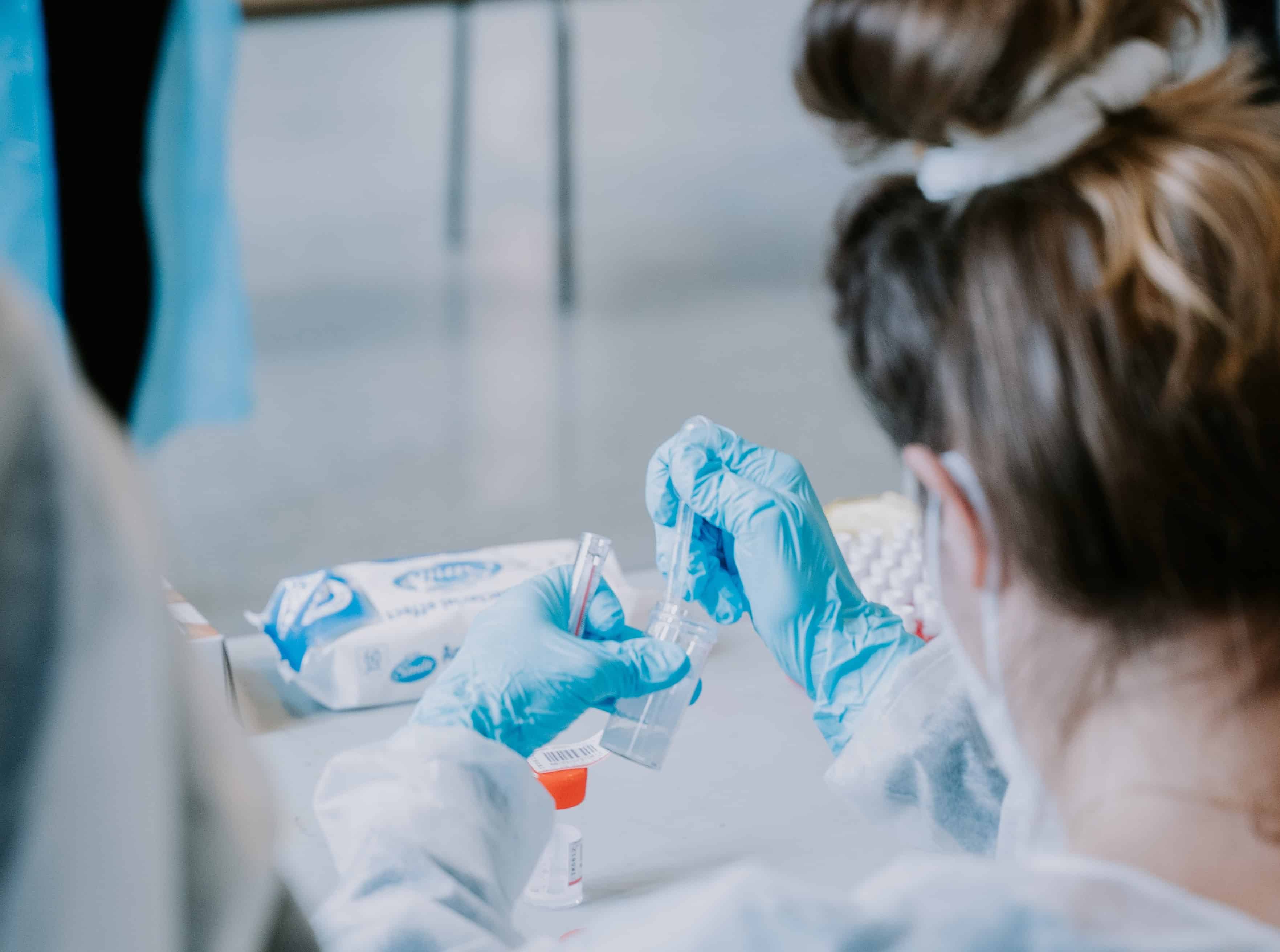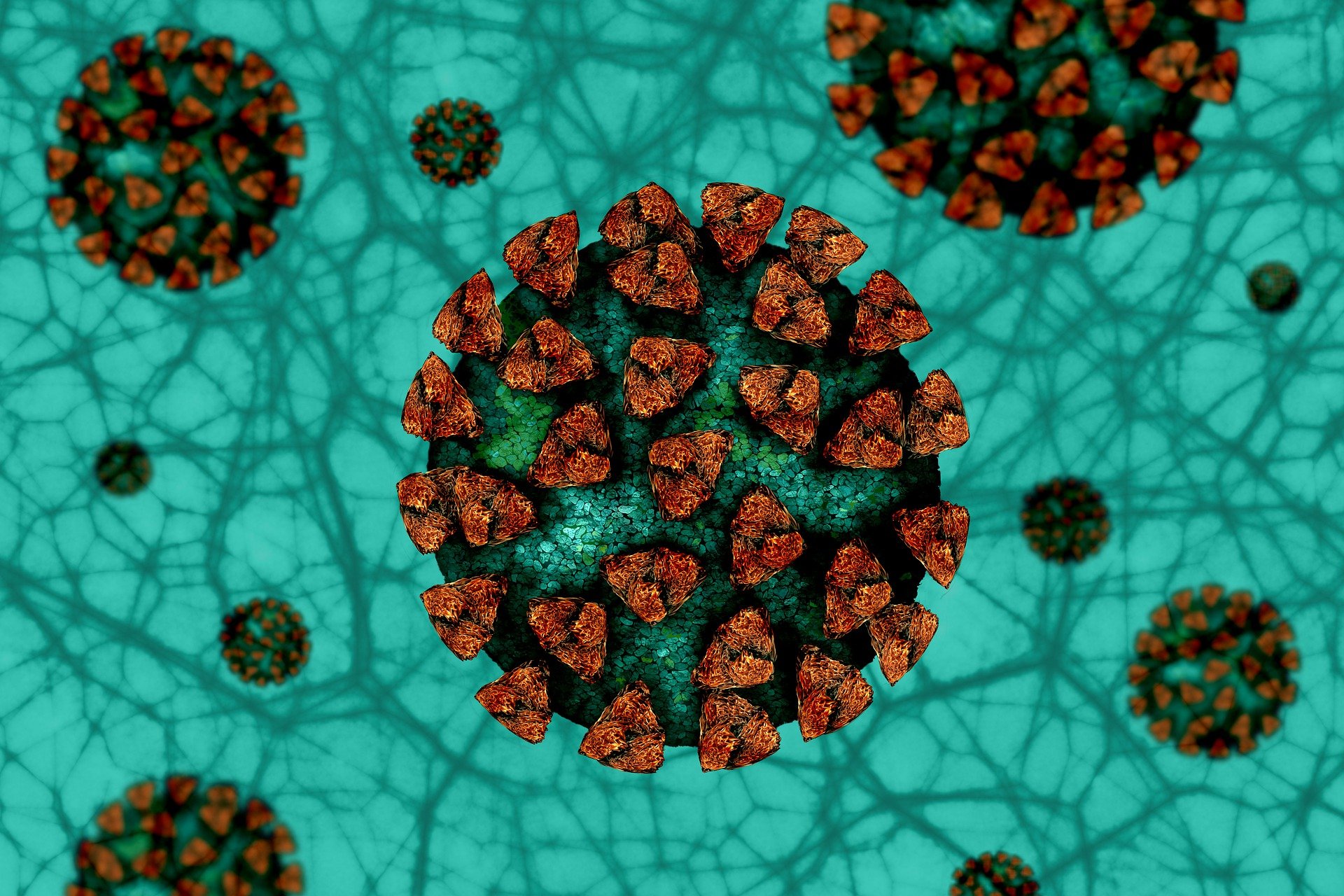
Scientists from the University of Oxford have developed a world-first diagnostic test, powered by artificial intelligence, that can identify known respiratory viruses within five minutes from just one nasal or throat swab.
According to a press release from the University, the new diagnostic test could replace current methods currently limited to testing for only one infection, or otherwise either lab-based and time-consuming or fast and less accurate.
This new virus detection and identification methodology is described in a paper published in ACS Nano, authored by DPhil student Nicolas Shiaelis and Professor Achillefs Kapanidis from the Department of Physics, and Dr Nicole Robb from the University of Warwick, also a Visiting Lecturer at Oxford.
The paper demonstrates how machine learning can significantly improve the efficiency, accuracy and time taken to not only identify different types of viruses, but also differentiate between strains.

Sort of like facial recognition
The ground-breaking testing technology combines molecular labelling, computer vision and machine learning. It creates a universal diagnostic imaging platform that looks directly at a patient sample and identifies which pathogen is present seconds. It works much like facial recognition software, but for germs.
Preliminary research demonstrated that the test could identify the COVID-19 virus in patient samples and further work determined that the test could be used to diagnose multiple respiratory infections, within five minutes and with over 97% accuracy.
Pictura Bio, a University of Oxford spinout founded by the scientists themselves, now licences the technology. They are looking for further investment to accelerate development and get it to the front line of healthcare.
“Faster, cheaper and long-lasting”
Dr Robb said: “Cases of respiratory infections this winter have hit record-breaking highs, increasing the number of people seeking medical help. COVID-19 backlog, staff shortages, tighter budgets and an ageing population puts the NHS under immense and unsustainable pressure.
‘Our simplified method of diagnostic testing is quicker and more cost-effective, accurate and future proof than any other tests currently available. If we want to detect a new virus, we need to retrain the software to recognize it, rather than develop a whole new test. Our findings demonstrate the potential for this method to revolutionize viral diagnostics and our ability to control the spread of respiratory illnesses.”
Selected for you!
Innovation Origins is the European platform for innovation news. In addition to the many reports from our own editors in 15 European countries, we select the most important press releases from reliable sources. This way you can stay up to date on what is happening in the world of innovation. Are you or do you know an organization that should not be missing from our list of selected sources? Then report to our editorial team.







